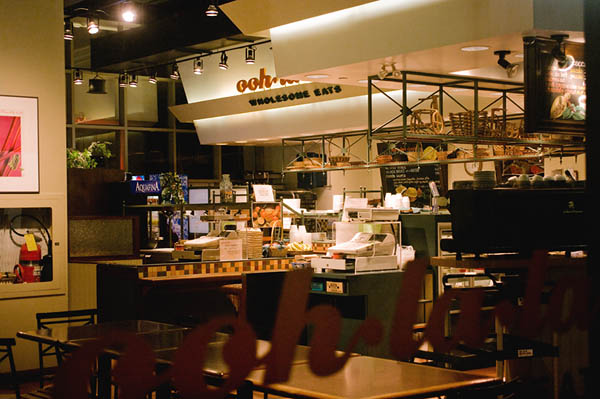The Pentax K20D: a RAW review
Page 4, version 2.2, © 2008 by Dale Cotton, all rights reserved.
IQ 4: ISO (sensitivity) capabilities
Now that we've got a handle on latitude, let's look at the K20D's ISO capabilities. Here's a sequence from crops from RAW shots of a Color Checker print shot at all ISO settings (you have to click on the pic to bring up the 1 mb, full size version, if you want to actually see anything.):

Fig. 16: ISO test results (click here for full size)
The target used has a small bit of (monochromatic) texture of its own that is particularly noticeable in the darker swatches. You can see it being progressively obliterated as ISOs increase.
As you can see from the full size version of Fig. 16, the K10D is typical of recent dSLRs in that ISOs up to 400 have so little noise that they can be used without hesitation. Even the noise at 800 is low enough that images will clean up easily with minor noise reduction. From 1600 there is enough noise that some loss of detail begins to happen, but with a good exposure and modern noise reduction images still have little to apologize for. Bear in mind that in practice noise is far less visible in textured areas than it is in smooth areas: taking pictures at a car show will require lower ISO settings than taking pictures in a forest.
Given the noise we see at 3200, let alone 6400, we might think these extreme settings are useless, but look here:
The combination of high ISO and image stabilization made for a handheld grab shot that proved quite a meaty bone to toss in the direction of Photoshop. I got technically better frames at the same place/time at lower ISOs, but none nearly so interesting to my eye. The wonderful starring around the street lights only happens at 6400 and you get wonderfully gritty film-like grain in the bargain:
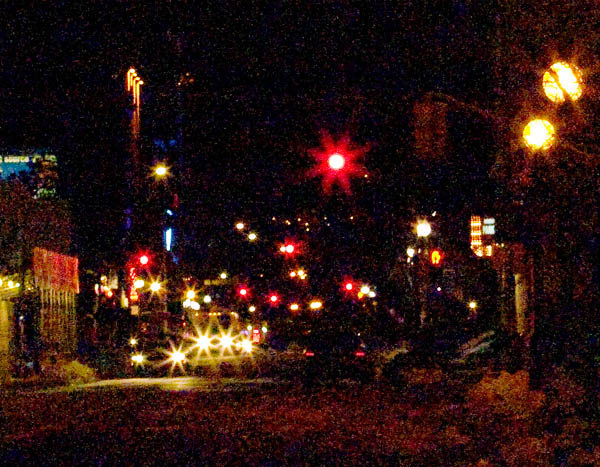
Fig. 18: DC8-22 crop (Close Encounters meets Starry, Starry Night)
Guess we'd better investigate this high ISO night shooting a bit further. 1600 looks remarkably fine-grained and reasonably crisp with just a normal amount of raw converter tuning:
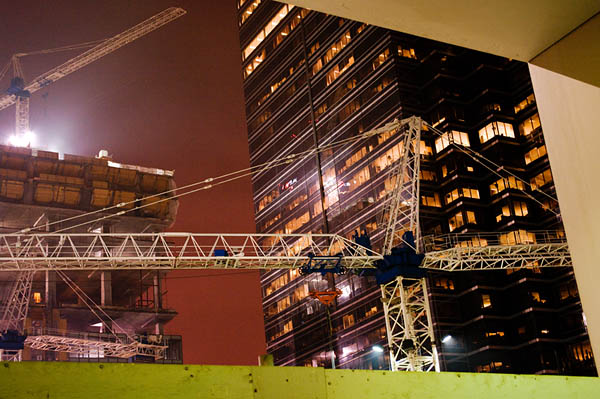
Fig. 20: 1600 ISO handheld at 1/6th. (Full size 3.4 mp JPEG.)

Fig. 21: crop from Fig. 20
3200 is definitely getting gritty:
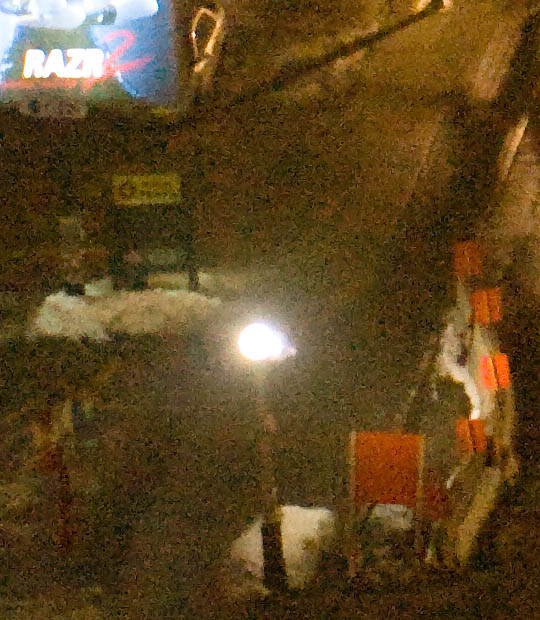
Fig. 23: crop from Fig. 22
Finally: another 6400 to see whether Fig. 18 was a fluke:
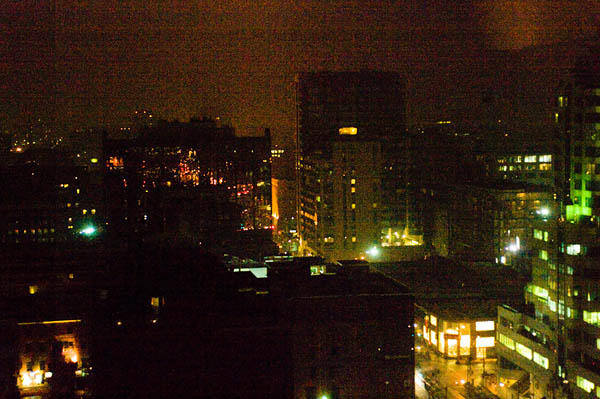
Fig. 24: 6400 ISO handheld at 1/15th. (Full size 4.7 mp JPEG.)
It wasn't.
But all is not wine and roses in high ISO land and there are other reasons to shoot at higher ISOs than available darkness. Consider this grab shot taken in Toronto's Union Station on my daily commute:

Fig. 25: 1600 ISO handheld at 1/60th
Because of the mostly dim internal lighting a high ISO is needed to work handheld; but because of the high contrast light from the windows, the DR of the scene is broad. Here's a small portion of Fig. 24 with zero noise reduction on the left and with as much noise reduction as I could tolerate applied in Noise Ninja on the right:

Fig. 26: crop from Fig. 25
The moral seems to be: when you're forced to use high ISOs in high contrast light, forget about preserving highlights – just strive to save the shadows.

